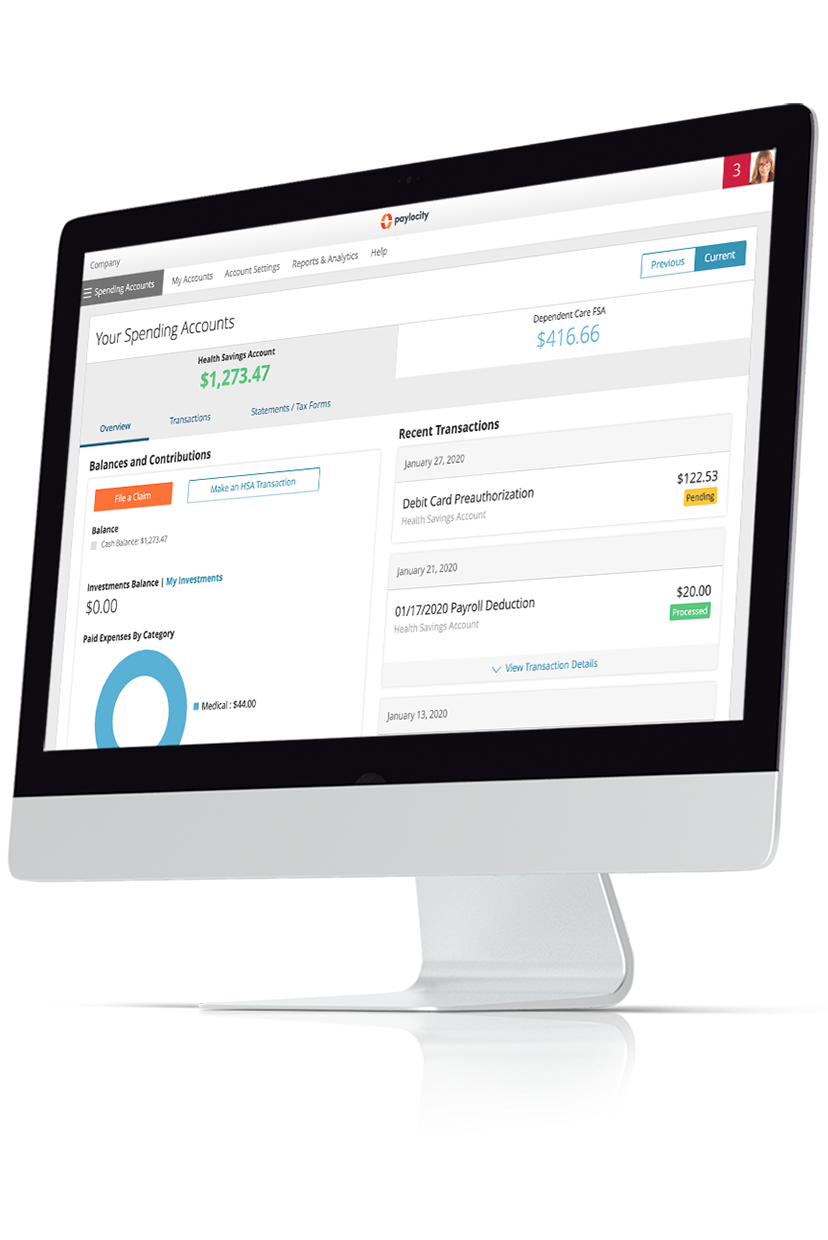Dependent Care Assistance Plan (DCAP)
Summary Definition: An employee benefit that lets workers set aside pre-tax income to pay for a dependent’s care.
What is a DCAP?
A Dependent Care Assistance Plan (DCAP) is an employer-sponsored program that enables employees to set aside pre-tax funds to cover the costs of caring for qualified dependents. These dependents may include children under 13 or dependent adults living with the employee who cannot care for themselves.
Also referred to as a dependent care assistance program or dependent care flexible spending account (Dependent Care FSA), a DCAP account allows employees to reduce their overall tax burden by allocating gross pay toward eligible expenses that enable the employee to work or seek employment (e.g., daycare, elder care services, after-school programs, etc.).
Key Takeaways
- A Dependent Care Assistance Plan (DCAP) allows workers to save and use pre-tax income on certain expenses when caring for a dependent.
- DCAP-eligible expenses must be for a service that allows an individual to work at their job or seek a new job, such as babysitting or adult daycare.
- Those without access to a DCAP can instead file for the federal Dependent Care Tax Credit on their tax returns.
Who Should Use a Dependent Care Assistance Plan
While DCAP benefits are easily associated with parents managing the dual demands of work and raising young children, a DCAP account can be equally helpful for those caring for aging parents, spouses, or other individuals unable to care for themselves.
How Do Dependent Care Assistance Plans Work?
Like other FSAs and health savings accounts (HSAs), those enrolled in a dependent care assistance plan specify how much they want to deposit into the account each pay period as a voluntary deduction from each paycheck.
Employees can then contribute up to the annual limit ($7,500 per household/joint filers or $3,750 for individuals/married filing separately, effective for tax years beginning after 12/31/2025) and access the funds whenever an eligible expense occurs. Unlike other FSAs, however, DCAP funds are only available as they accrue. In other words, employees can only access what they've contributed up to that point.
As employees incur DCAP-eligible expenses, they either pay out of pocket and request a reimbursement from the account or receive a spending account card with direct access to account funds for immediate use.
Regardless, dependent care assistance plan funds come with a "use-it-or-lose-it" rule, meaning any money not spent within the plan year is forfeited and can’t carry over to the next year. Employers can, though, allow employees an additional “grace period” of two and a half extra months to spend the remaining balance.
Dependent Requirements
Per IRS guidance, to qualify as an employee’s dependent, a person must be:
- A child under the age of 13 at the time of care whom the worker claims as a dependent on their tax returns
- A spouse who is physically or mentally unable to care for themselves and has lived with the employee for more than half the year
- A person physically or mentally unable to care for themselves who lived with the employee for more than half the year and either:
- Was the employee’s claimed dependent
- Would’ve been the claimed dependent if they hadn’t received a gross income of $4,700 or more, filed a joint tax return with someone else, or if the employee themselves (or their spouse) could be claimed as a dependent on someone else’s tax returns.
DCAP Eligible Expenses
To be eligible for DCAP funds or reimbursement, a dependent care expense must be for a service that allows an employee to work or look for work.
For example, if an employee must hire someone to care for their newborn while at work, they can use DCAP funds to cover the cost of a nanny because it's impossible for them to perform their job and attend to the baby simultaneously.
Outside their job’s working hours, however, nanny-related expenses aren’t DCAP-eligible as the employee can then care for the baby themselves.
| Qualified Expenses | Unqualified Expenses |
| Nursery school, preschool, or a similar program | Attending school for grade levels K-12 |
| Before or after-school programs | Summer school or tutoring services |
| Adult daycare | Overnight camps |
| Babysitters or nannies | Field trips |
Dependent Care Tax Credit
One alternative for those who can’t enroll in a dependent care assistance plan is to file for a federal child and dependent care tax credit. Using IRS Form 2441, eligible individuals can claim up to 35% of their care-related expenses as a credit on their federal income tax returns.
The eligibility requirements for dependents and expenses are largely the same as those for a dependent care assistance plan, but refer to IRS Publication 503 for more details or related questions.

Revolutionize Your Benefits Experience
Empower your employees with an intuitive benefits platform that makes choosing and managing plans a breeze. Our all-in-one solution streamlines the enrollment process, reduces administrative tasks, and ensures compliance, all while helping you control costs. With modern tools that provide clear insights and seamless access, you'll enhance employee satisfaction and drive operational efficiency.